Storm No. 3 caused heavy damage to the northern provinces. On the morning of September 16, a representative of the Vietnam Road Administration said that as of September 14, 4,177 road sections had been damaged and affected.
Of these, 3,924 locations were damaged by landslides, road subsidence, road breaks and damaged bridges and culverts; 253 locations had flooded roads. Hundreds of road signs were broken, collapsed and many other damages needed to be repaired and replaced.
Notably, in Phu Tho, two spans of Phong Chau bridge collapsed. In addition, due to heavy rain, high water levels and strong currents, four other bridges on several national highways had to stop operating.

820 traffic jams, including 567 due to landslides, collapsed roadbeds, damaged bridges and culverts, and 253 due to rising flood waters.
With the spirit of mobilizing all forces to ensure traffic, by the evening of September 14, the Roads sector had overcome 555 locations, with 12 locations still uncleared due to large landslides and difficult terrain in accessing construction machinery.
Lao Cai is the area heavily affected by storm No. 3 with 58 landslides on national highways causing traffic jams. Road management forces proactively and urgently handled the landslides as soon as they occurred.
“As of 3:00 p.m. on September 14, the units have repaired and opened traffic at 55 locations (basically ensuring traffic on national highways in Lao Cai province), with 3 remaining locations (positive slope landslides, road breaks and negative slopes at many points, complex geological conditions, large underground water and large volume). The Department has directed relevant units to mobilize machinery and equipment to focus on handling the remaining landslide locations, striving to open traffic from September 16,” informed a representative of the Vietnam Road Administration.
Bac Kan , Thai Nguyen and Cao Bang provinces still have some blocked points, but due to complex terrain and geology, the roads are expected to be cleared before September 30.
In addition, there are 7 deep flooded areas that cannot be opened to traffic, such as: Ha Nam province has 3 locations on National Highway 1, Phu Ly City bypass; Ninh Binh has 1 location on National Highway 38B; Phu Tho province has 1 location on National Highway 2D; Thanh Hoa has 2 locations on National Highway 217. The time to open these locations has not been determined because the entire area is flooded.
Estimated damage of 2,000 billion VND
The leader of the Vietnam Road Administration said that there is currently no data to fully assess the damage caused by the storm to road infrastructure. However, according to the initial calculations of the Administration, the damage that needs to be repaired is estimated at about 2,000 billion VND.
The cost of ensuring traffic includes the cost of clearing subsidence, rebuilding the roadbed, building temporary bypasses, temporary bridges and culverts, replacing traffic signs and temporarily restoring traffic on national highways affected by storm No. 3 and post-storm circulation: estimated at over 500 billion VND.
To rebuild national highways damaged by storms, floods, and landslides to ensure technical standards and regulations: estimated at 1,500 billion VND (not including the estimated cost of rebuilding the new Phong Chau bridge with a scale of 4 lanes, in accordance with the approved planning, estimated at about 800 billion VND).
For now, the Department of Roads has provided steel cages to the following provinces: Lai Chau, Dien Bien 2,000, Lao Cai 3,000, Ha Giang 1,500, Cao Bang 2,500, Bac Kan 1,500, Yen Bai 5,000 to fix and ensure traffic.
According to the leader of the Vietnam Road Administration, there are still 206,000 steel baskets in the reserve warehouse, ensuring supply to localities when needed. The Administration also has a plan to mobilize 40,000 steel baskets from the Central region to the Northern provinces to overcome the consequences.
Source: https://vietnamnet.vn/can-2-000-ty-khac-phuc-ha-tang-giao-thong-sau-bao-so-3-2322304.html




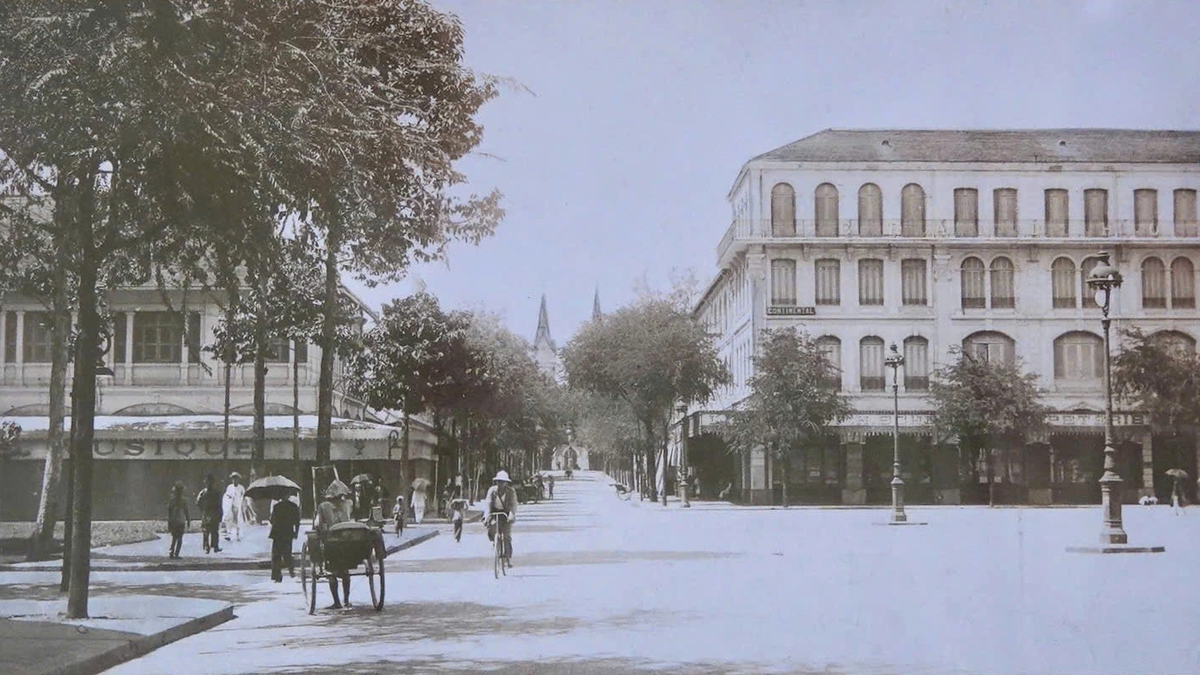
![[Photo] Solemn opening of the 10th Session, 15th National Assembly](https://vphoto.vietnam.vn/thumb/1200x675/vietnam/resource/IMAGE/2025/10/20/1760937111622_ndo_br_1-202-jpg.webp)
![[Photo] Chairman of the Hungarian Parliament visits President Ho Chi Minh's Mausoleum](https://vphoto.vietnam.vn/thumb/1200x675/vietnam/resource/IMAGE/2025/10/20/1760941009023_ndo_br_hungary-jpg.webp)
![[Photo] The Steering Committee of the 2025 Fall Fair checks the progress of the organization](https://vphoto.vietnam.vn/thumb/1200x675/vietnam/resource/IMAGE/2025/10/20/1760918203241_nam-5371-jpg.webp)
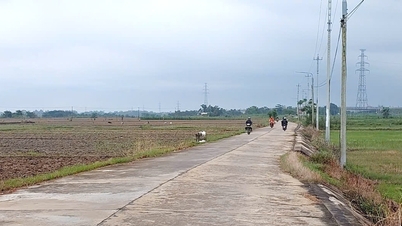









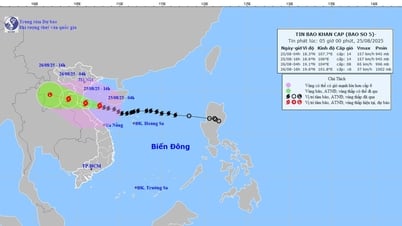



















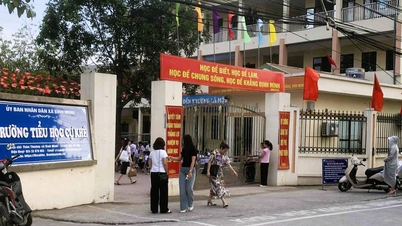



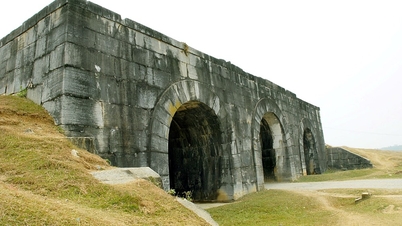

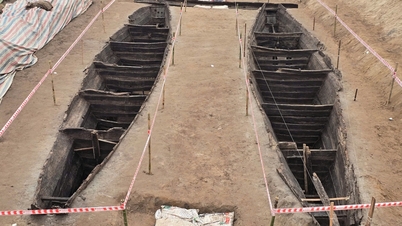















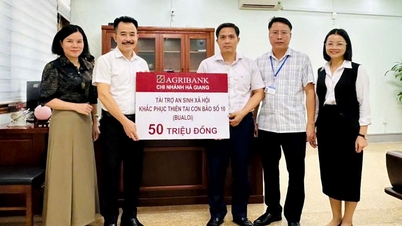















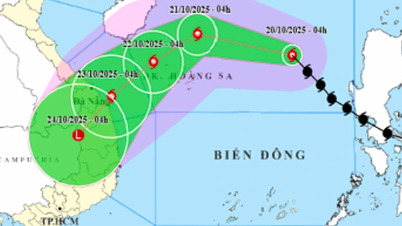

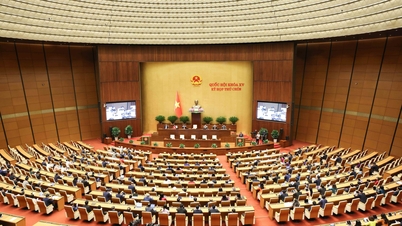

































Comment (0)